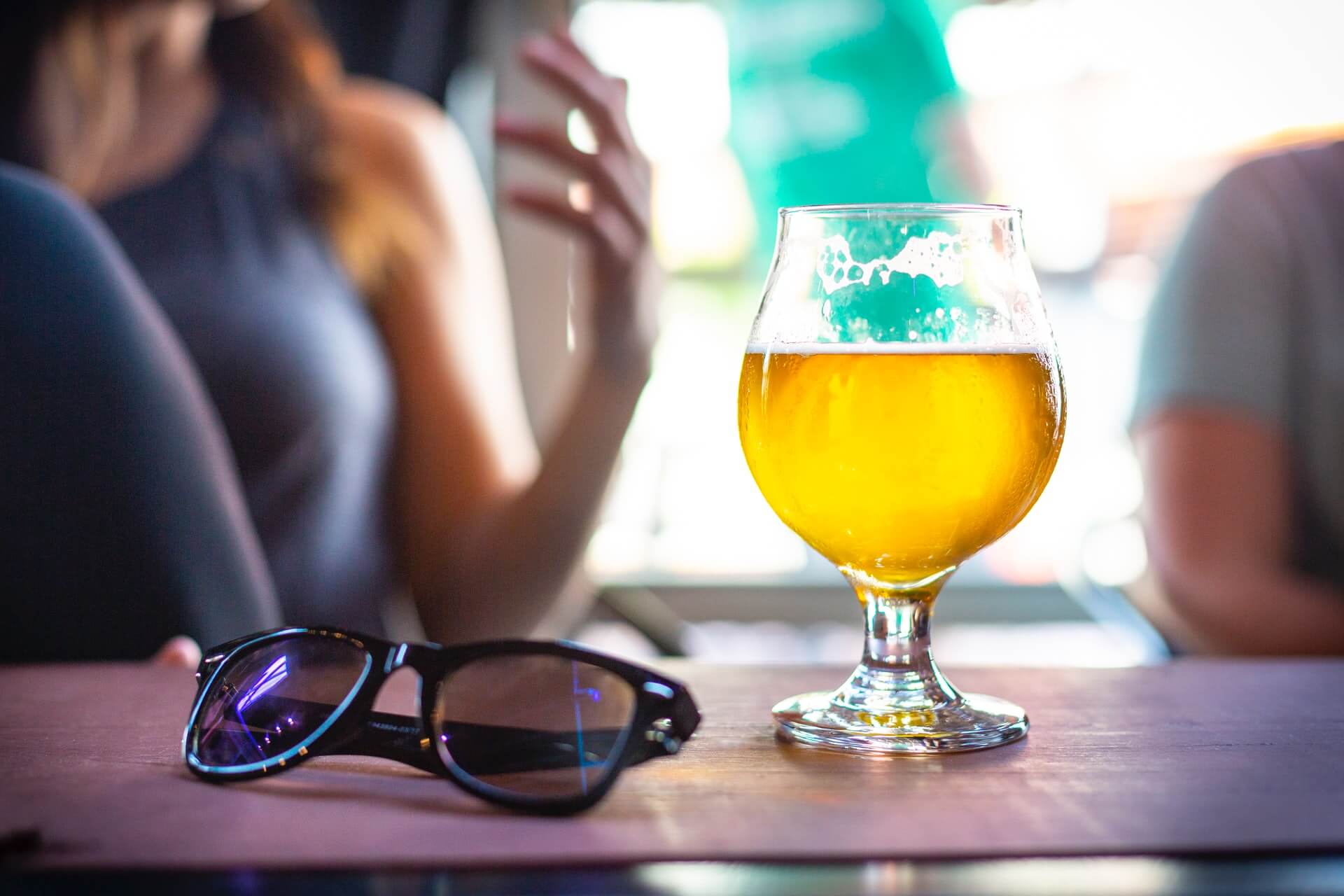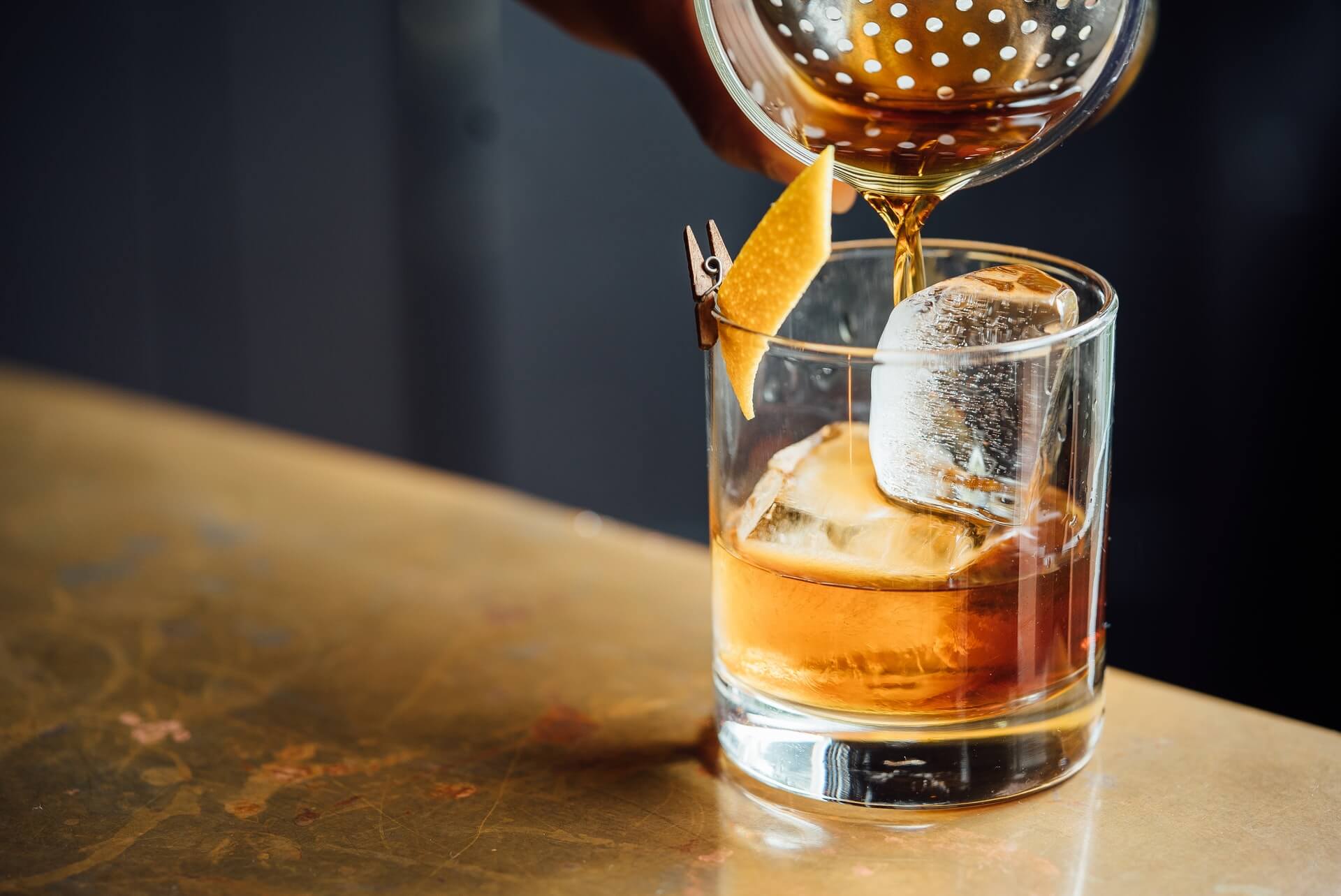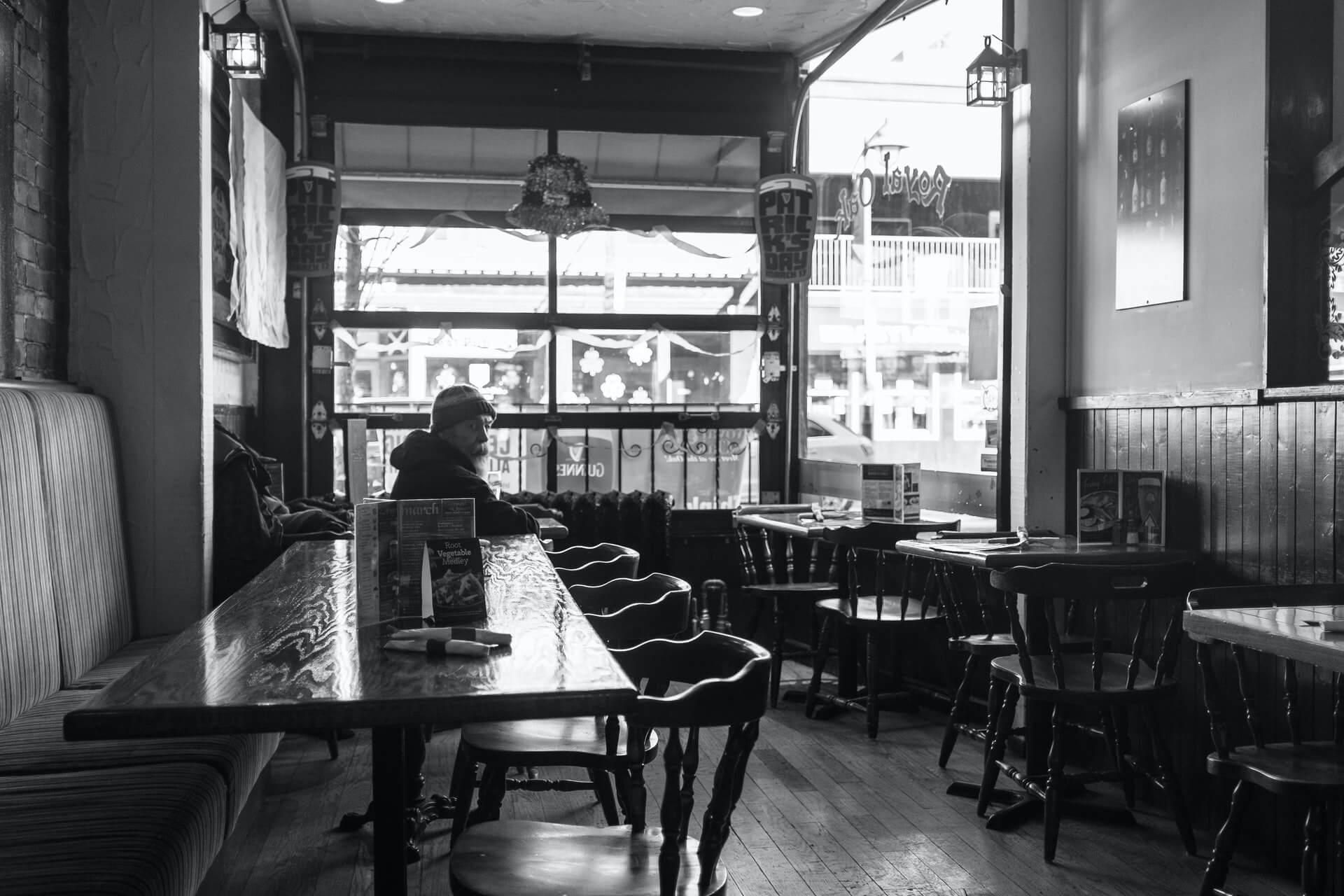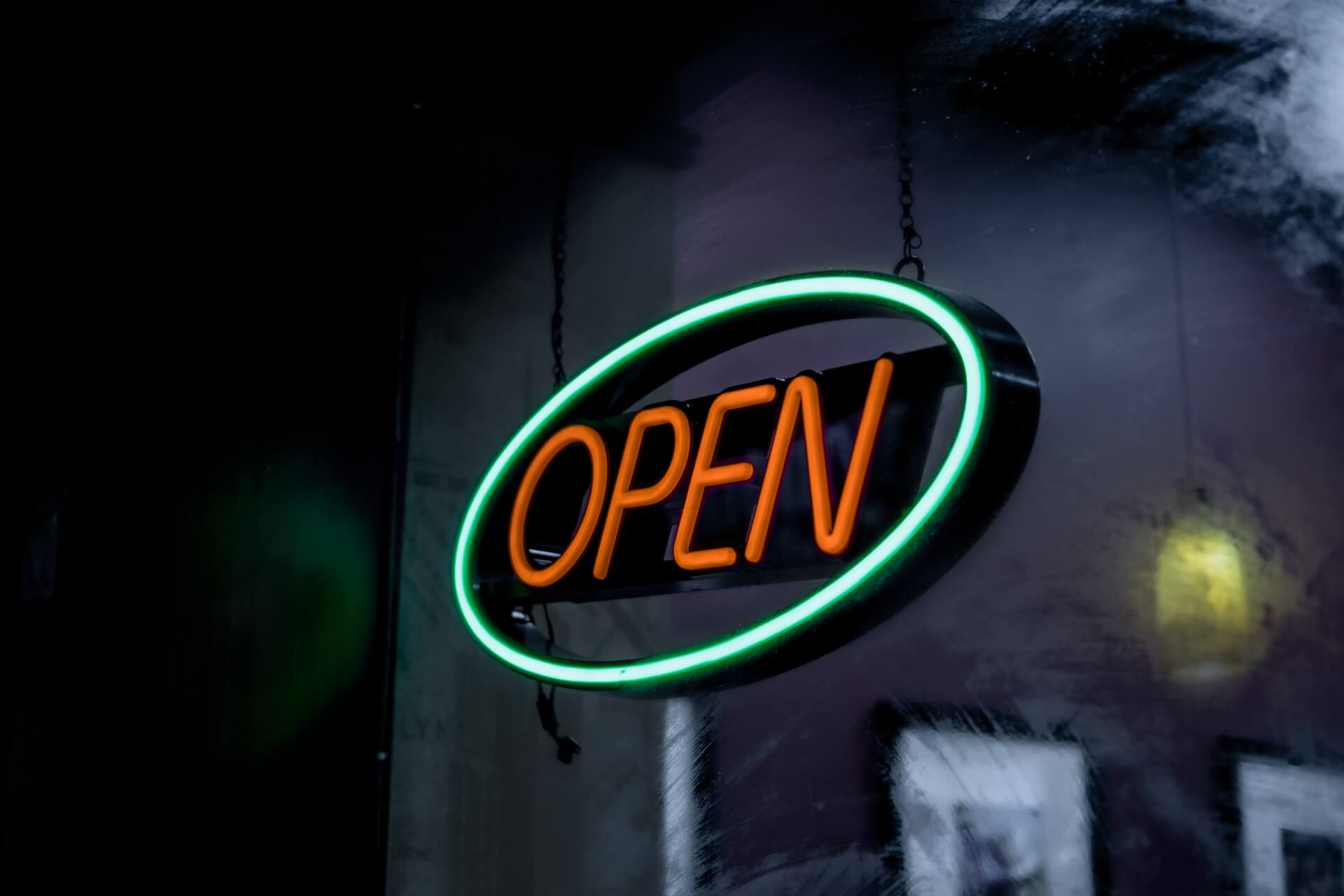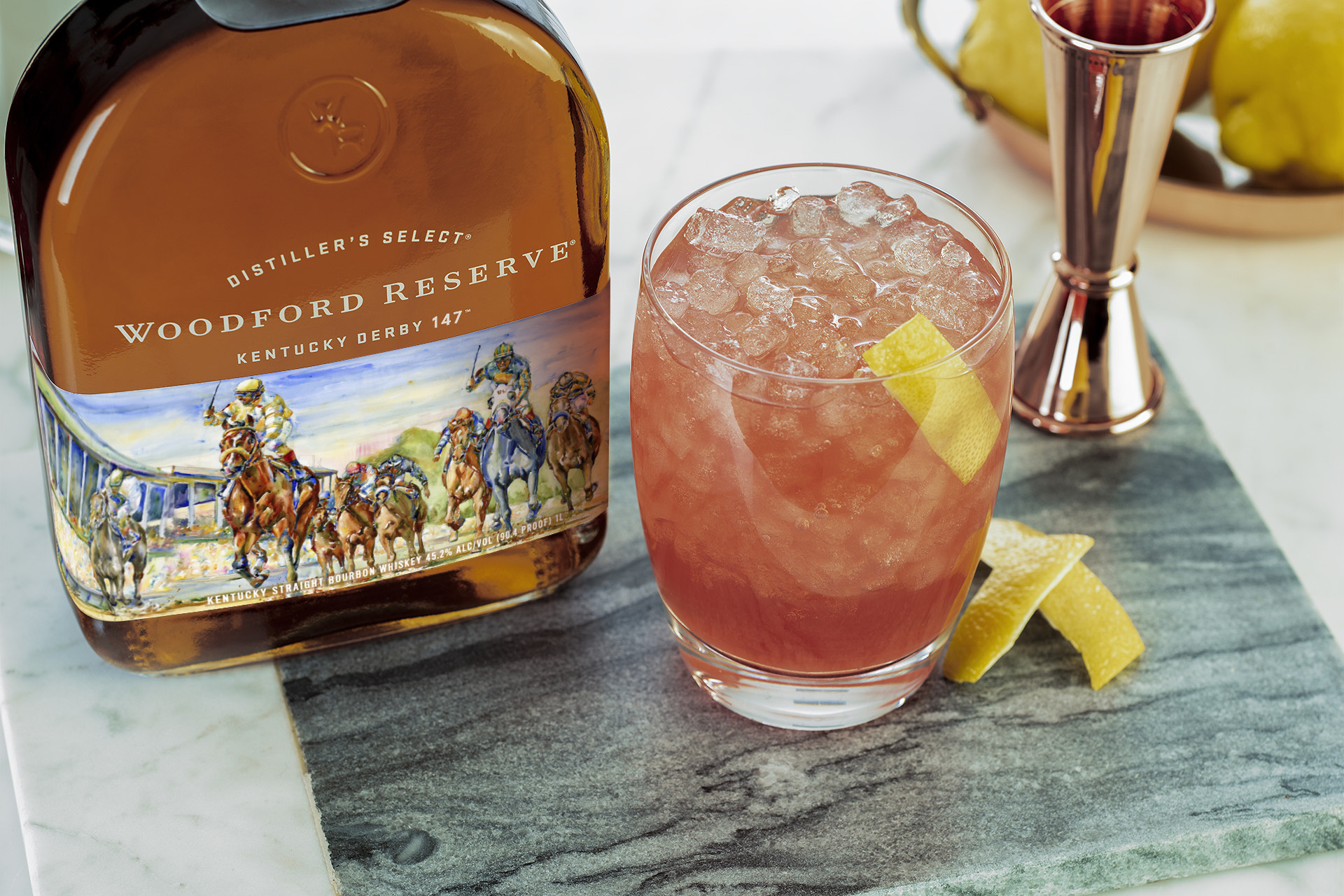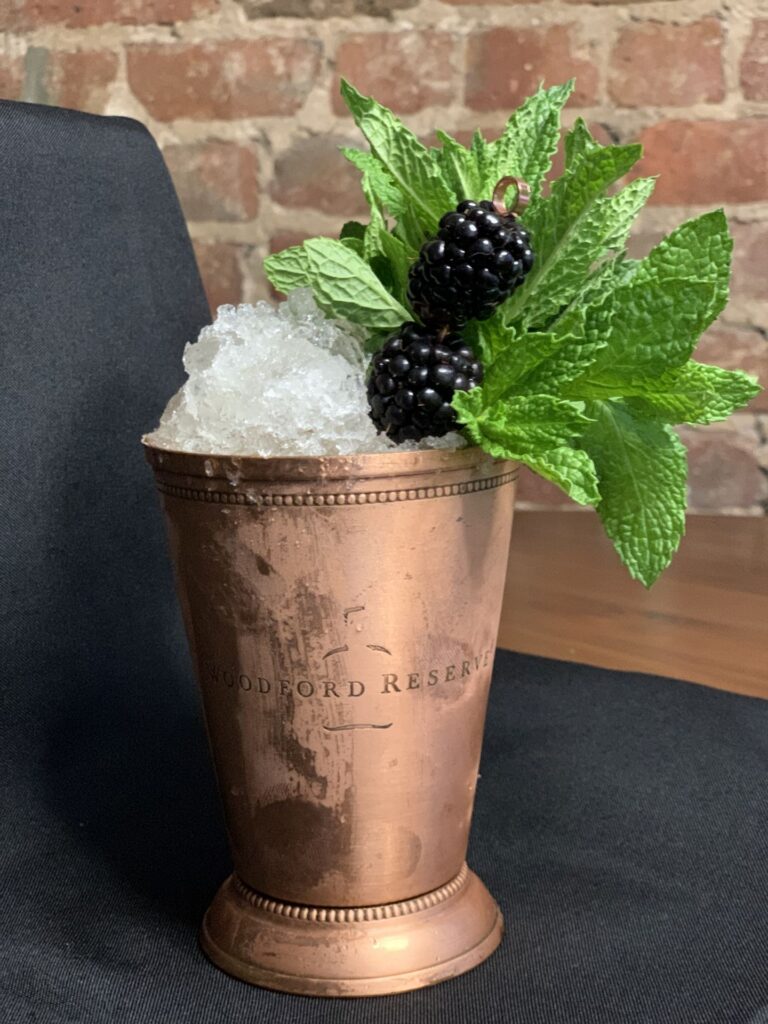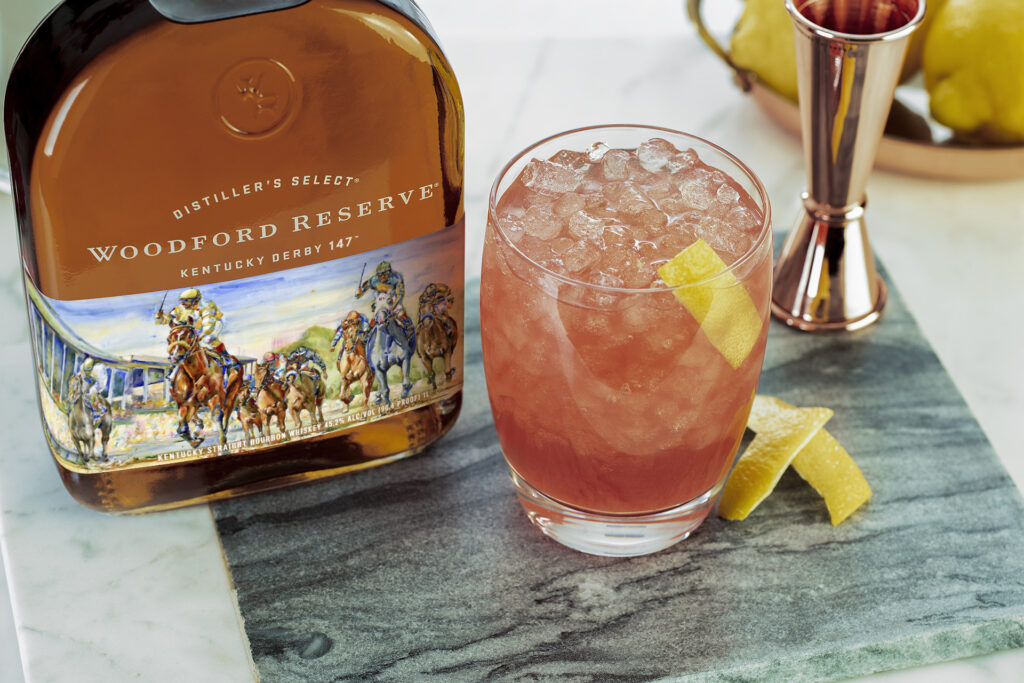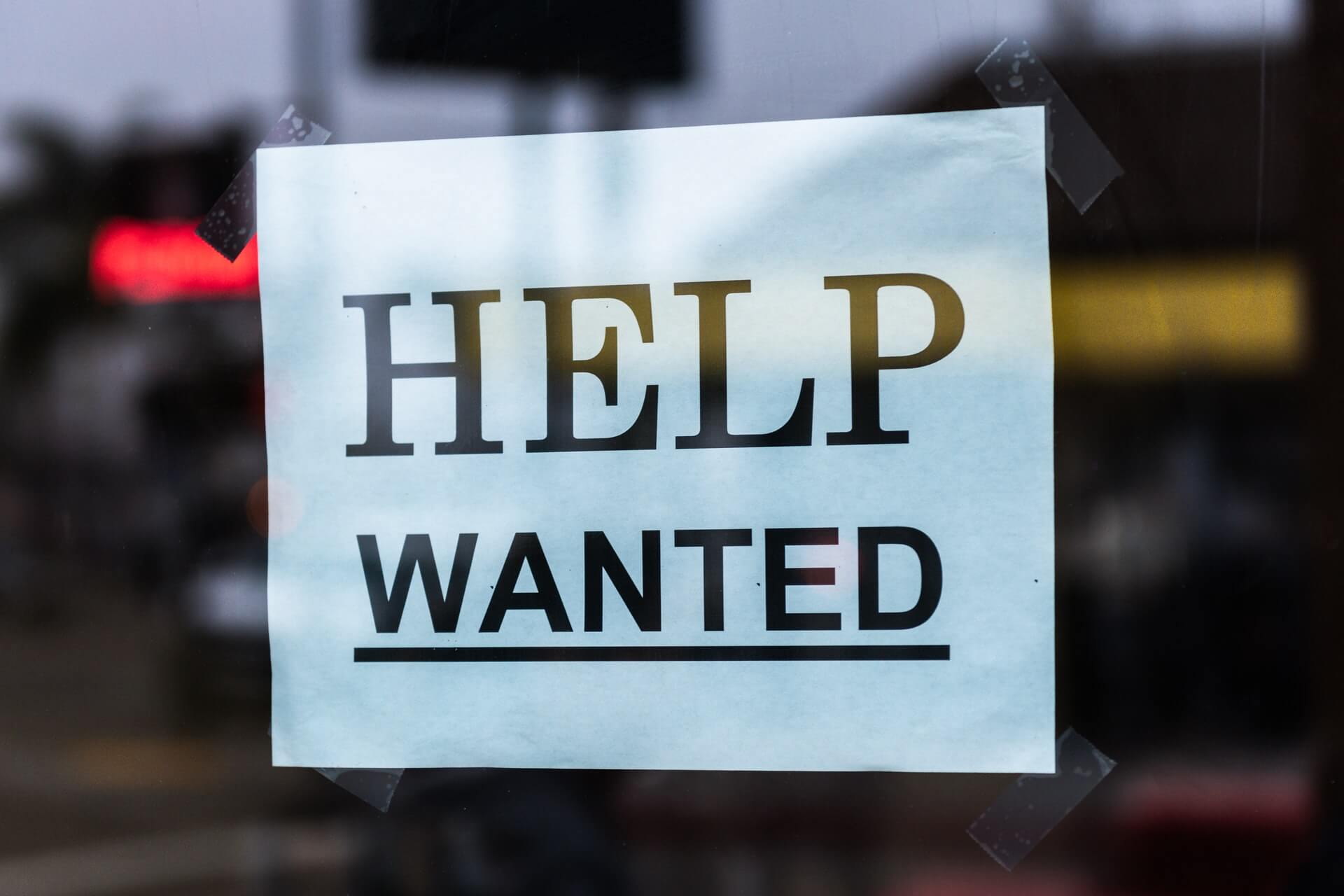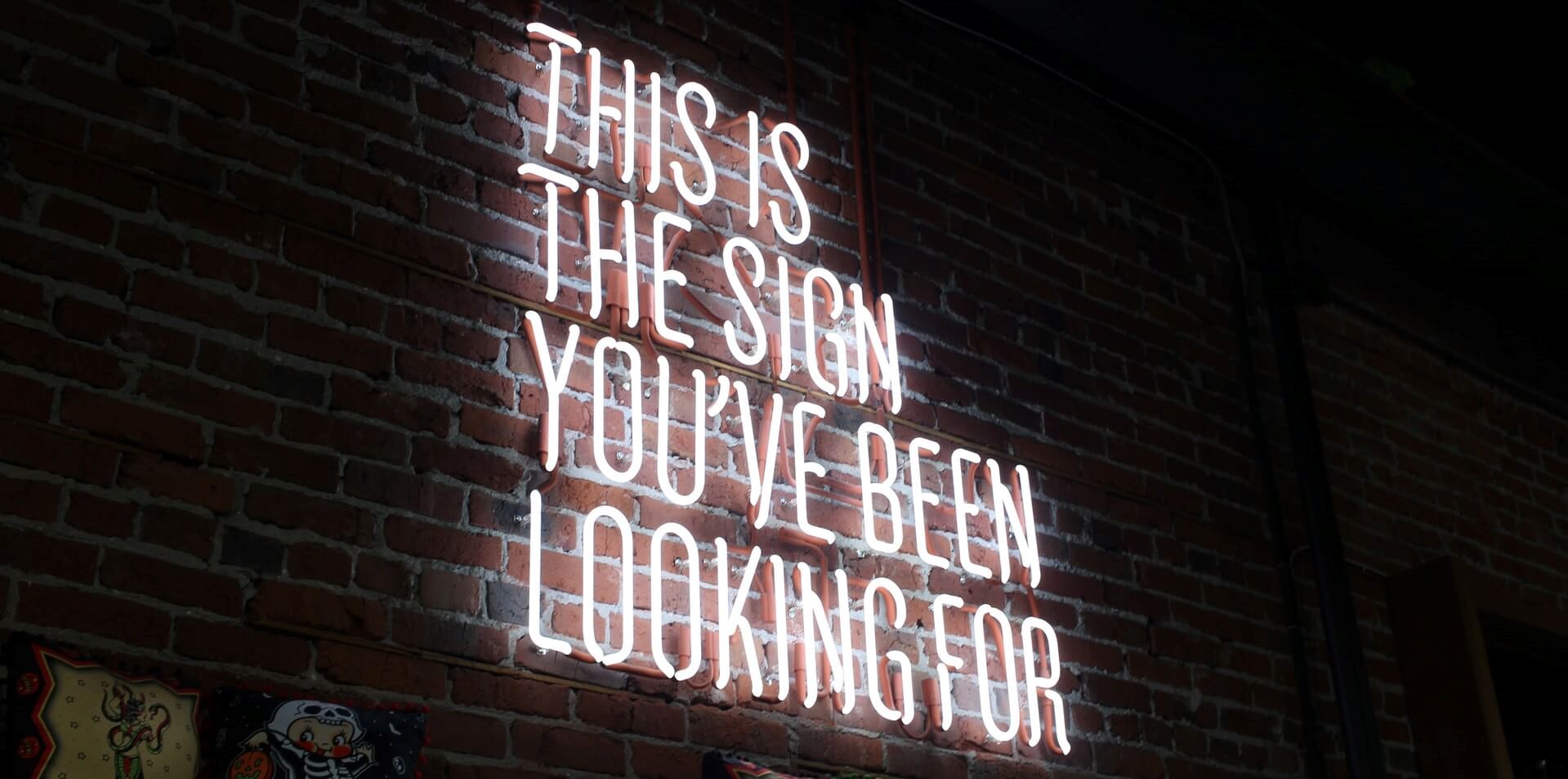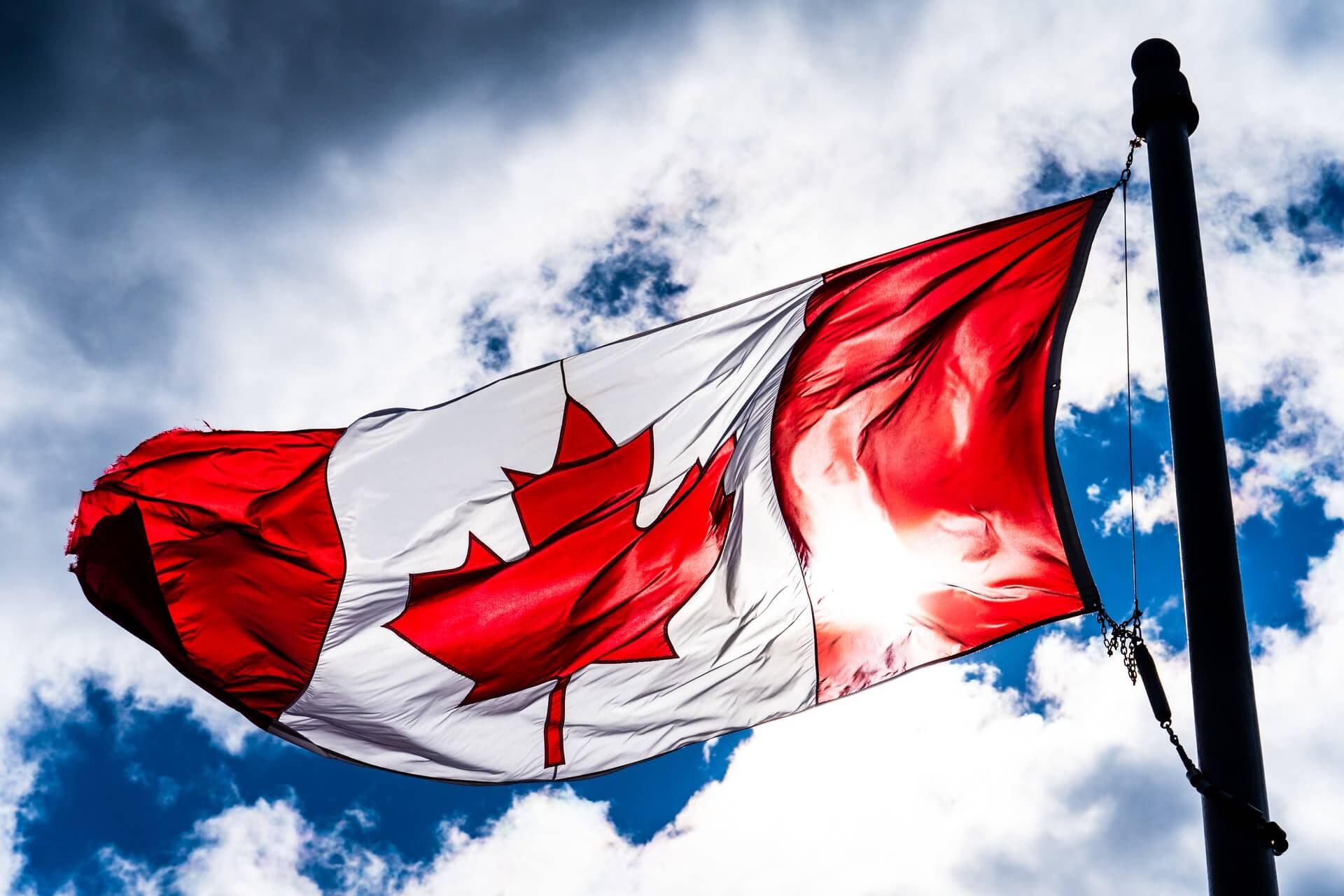Stand Out with Weird Holidays: May
by David Klemt

Want to stand out from from other restaurants and bars in your area? Then commit to keeping it weird.
Several “holidays” are set against every date on the calendar, and May is no exception. These holidays range from mainstream to food-centric to weird.
Focus on the latter to raise eyebrows, carve out a niche for your restaurant or bar, and attract more guests. Why do what everyone else is already doing?
Of course, you shouldn’t try to celebrate every holiday, weird or otherwise. And this month’s list in no way includes every odd holiday.
Focus on the days that are authentic to your brand; resonate with your guests; and help you grab attention on social media.
For last month’s list, click here.
May 5: National Totally Chipotle Day
It’s not just Cinco de Mayo today, it’s National Totally Chipotle Day! Two guesses as to what pepper this holiday celebrates…
May 6: World Password Day
This holiday exists to encourage people to consider their privacy and make sure their passwords are secure. Of course, operators can make this holiday more fun than mundane. One simple way is to come up with and share a password guests can use for food or drink specials. Speakeasy operators, today’s your day!
May 9: National Sleepover Day
What pairs well with sleepovers? Food, drinks, pajamas and movies. And what pairs well with warming weather and the comfort levels of today’s guests? Patios and other outdoor areas. Show a movie outside, encourage pajamas, create fun and comforting F&B offerings… This is a fun one.
May 20: National Pick Strawberries Day
The perfect day to feature cocktails that call for strawberry garnishes. And if there was ever a holiday practically built for featuring Snoop Dogg‘s new strawberry-flavored Indoggo Gin, this is it.
May 21: National Bike to Work Day
As the story goes, the radler was invented in the 1920s by a Bavarian tavern owner. A group of cyclists stopped by looking to quench their thirsts with beer. The tavern owner didn’t have enough, so he added sparkling lemonade to his kegs. Eurkea, the radler was born.
This is the perfect day to pay homage to the radler and reward people for biking to work.
May 22: National Craft Distillery Day
One of the best days to program promotions around local and hyper-local spirits.
May 25: National Brown-Bag It Day
Looking for a simple and fun way to celebrate this weird holiday? Offer a special featuring tall boys served in brown paper bags along with hangover-curing comfort foods.
May 30: National Creativity Day
I mean…what a blank canvas! This is the day to execute your most creative promotions. Ask your team members for their most creative ideas to boost staff engagement.
Image: Dan Parlante on Unsplash


